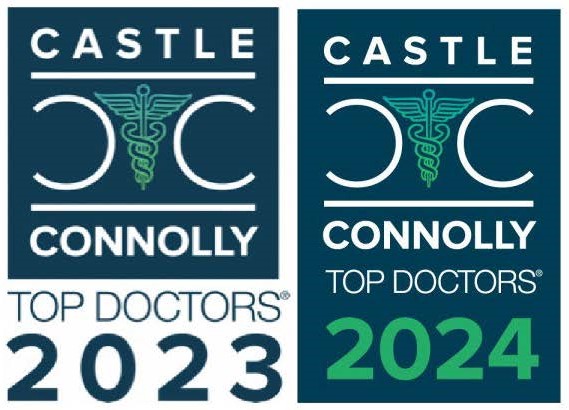
Spravato is a nasal spray that must be administered by a professional in a Spravato-approved clinic—like the TMS Institute of Arizona. It’s often called a type “ketamine treatment” though Spravato is Esketamine, which is part of the ketamine family but not the party drug often called “Special K.” It is designed to be used in conjunction with current antidepressant medications, and in some cases has helped patients achieve desired results when they are otherwise treatment-resistant. However, it can cause intense sleepiness in the first couple of hours after use, which is why patients are required to be observed in the clinic for two hours after each dose is administered. Individuals often report at least 25-50% reduction in depression symptoms within the initial 24 hours of starting Spravato with near complete resolution of symptoms 4-6 weeks into the treatment course.
“Ketamine clinics” have been popping up all over the country in recent years that have been administering IV ketamine infusions (NOT the same as Esketamine). However, a lot of these clinics have also been closing down in recent months due to financial reasons. The post-pandemic world is largely to blame for these shutdowns, with many clinics simply unable to survive. This is leaving a number of patients unable to continue necessary treatments. According to one patient who spoke to ABC News, Benjamin Leopold, his mental health suffered during COVID but he found help with Spravato treatments. He began receiving weekly doses that let him “look in and see myself and finally process my depression, anxiety, and trauma … without getting lost in it or too connected to it.” It became an essential part of his overall mental wellness plan. When clinics suddenly close, patients like Leopold are left without their support system.
Ketamine and You
There are two primary ketamine-related treatments for treatment resistant major depressive disorder in the U.S. One is a ketamine infusion that is used in an off-label manner and is not FDA-approved or covered by insurance. The other is Spravato, the only FDA-approved nasal spray for this type of treatment, which is a prescription medication and generally covered by most major insurances including Medicare. Spravato has been clinically trialed, and there is a very specific treatment protocol whereas this does not exist with Ketamine IV infusions. Doctors have also said that it can be difficult to operate a “profitable” Ketamine infusion clinic because it’s a limiting business model. Ketamine serves a narrow part of the overall population, which is another reason ketamine clinics are closing en masse. Earlier this year, Ketamine Wellness Centers, which described itself as the largest network of such clinics, closed 13 clinics in nine states due to “financial pressures.”
Spravato is just one treatment available at TMS Institute of Arizona. The majority of patients in our clinic are seeking transcranial magnetic stimulation (TMS) therapy, which is a non-invasive method of relieving a variety of mental health conditions including depression. You can use TMS in conjunction with Spravato treatments, and a number of patients do. However, by offering more than one type of treatment, this also gives patients peace of mind amidst a sea of ketamine infusion clinics closing. Additionally, taking a multi-pronged approach to treating depression can be highly effective.
Getting the Help You Need
Ketamine and its derivatives are not new. In fact, ketamine has been used as an anesthetic since 1970. Ketamine for depression first began being used in earnest in the early 2000s when it was revealed that it was a fast and effective method of relieving symptoms. A recent trial showed that ketamine was as effective as electroconvulsive therapy for treating depression—with the latter being the gold standard in treatment for many years.
There has been little innovation in the pharmaceutical world when it comes to depression. The last major breakthrough was in 1987 with the approval of Prozac. However, patients and doctors have all been eager to identify new treatments for this common mental disorder that affects millions of people. Understandably, many people want to eventually wean off of medications (or lessen their dose). Spravato can be a bridge to help make this happen, though you should never stop or change antidepressant usage without guidance from a doctor. In fact, Spravato should be used with antidepressants, not in place of them. Antidepressants are also safe to use while undergoing TMS therapy.
The standard treatment protocol for Spravato involves a 4 week loading phase followed by 4-8 weeks of treatment phase and then a long-term maintenance phase. However, suddenly stopping Spravato can lead to a relapse and worsening of depressive symptoms. If you are interested in learning more about Spravato in a leading clinic that offers more than “just” Spravato, get in touch with the TMS Institute of Arizona today. Call the office during business hours or, for a faster response, complete the online contact form now.













